IDD Update
Faced with a rapidly rising China’s military prowess, India, emerging from a devastating covid surge looks to add to its sea-going arsenal. The latest are a $ 5.8 billion order for next generation of conventional submarines and a quick movement is happening in New Delhi add more drones, of the General Atomics MQ-9B.
The Drones have come about after the Indian Navy leased two General Atomics MQ-9B drones of the ‘predator’ family last November and tried them out under various scenarios. The deal to get 30 such drones will go to the Defence Procurement Board, which decides the need of an item. Once okayed, it will go to the Defence Acquisition Council (DAC), the apex decision making body of the MoD, headed by Defence Minister Rajnath Singh for what is termed as an ‘acceptance of necessity’. The deal would be through the Foreign Military Sales (FMS) route.

The Submarine plan.
New Delhi’s long-meandering submarine procurement plan got a push as the Ministry of Defence (MoD) on June 4 okayed a proposal to invite bids for $ 5.8 billion project to make six next-generation stealth conventional submarines in India.
India wants to make these submarines under what is termed as ‘strategic partnership’ (SP) model which is, so far, a untested policy framework. The DAC okayed the proposal to issue invites bids for the six submarine project. Called the Request for Proposal (RFF) under Indian acquisition rules, the RPF will be followed technical evaluation of bids, cost evaluation and negotiations, technology transfer on offer, before a contract is signed.
Though the Indian project is for Convetional submarines – to run on a mix of Diesel-electric power –, the Navy wants the subs to have an air independent propulsion (AIP) system which adds to be capabilities to remain underwater for longer periods.
MDL and L&T, the Indian companies
The Ministry of Defence owned shipyard Mazagon Docks Limited (MDL) and Larsen & Turbo (L&T) have been shortlisted. The latter is a private entity and is engaged in making the hulls of the Arihant Class of Indian strategic submarines.
The two Indian companies will be extended the invite to submit their technical and commercial bids in response to the RFP. Both will have a tie-up of their own with preferred original equipment manufacturer (OEM) from the five short-listed by the MoD earlier.
The five foreign companies
In the race are South Korean company Daewoo Shipbuilding & Marine Engineering which has pitched in its KSS-3 submarine. The Naval Group of France, which is already involved in the Indian `Scorpene’ submarine under Project-75, is pitching its vessels. Navantia of Spain has offered S-80 called the Issac Peral class. ThyssenKrupp Marine Systems of Germany have offered the Type 218 or the Invincible Class. Rosoboronexport of Russia had sent a bid of Rubin Design Bureau for the Amur Class.
The SP Model
One of the foreign Original Equipment Manufacturer (OEM) will be chosen as the partner of the Indian company under the ‘strategic partnership model’, a new policy aimed at promoting India as a hub for military equipment manufacturing.
India expects the policy to play a ‘transformational role’ in building an eco-system in the country, comprising development entities, specialised vendors and suppliers; especially those from the Medium and small scale manufacturing enterprises. The SP Model aims at promoting India as a manufacturing hub for defence equipment, in addition to establishing an industrial and R&D eco-system capable of me the eting the future requirements of the Armed Forces besides giving boost to exports.
The Indian Shortage of Subs
Indian submarine action plan of 1999 is years behind schedule. It had spoken about having 24 modern submarines by 2030. India at present has 17 submarines, including a SSN and a SSBN. The INS Chakra, a 8140 tonne vessel leased for ten-years from Russia in 2012, at cost of US $ 920 Million is nuclear powered and is lone submarine in the category of SSN or the Ship Submersible Nuclear. The INS Arihant which did its first deterrence patrol at sea in November 2018, is a SSBN – Ship Submersible Ballastic Nuclear (SSBN).
The other 15 submarines include three Kalvari class being made in collaboration with Naval group of France; four Howaldtswerke-Deutsche Werft (HDW) German-origin, Shishumar-class boats that are in their fourth decade of service. There are also eight Russian Kilo-class boats, some of them older than three decades.

Numbers not enough to match China
The existing numbers — only 17 – are woefully inadequate to protect and dominate a vast sea on either side of the country and also the SLOC’s. Some 97 per cent of Indian trade is via the SLOC’s in Indian Ocean’s ‘choke points’ – the Straits of Hormuz and the Bab-El-Mandab ( leading into the Suez Canal) to the west and the Straits of Malacca to the east.
Meanwhile the US Department of Defence report ‘Military and Security Developments Involving the People’s Republic of China 2020’ talks about a growing threat from China.
“Modernizing the PLAN submarine force remains a high priority for PLA. It will likely maintain between 65 and 70 submarines through the 2020s, replacing older units with more capable units on a near one-to-one basis”. Read it here
India needs to watch out for Beijing’s newest SSBNs the Jin class are like the previous generation of Russian/Soviet vessels. They are 10,000 tonnes and carry lethal ICBM’s, the Julang 2, a submarine-launched ballistic missile (SLBM) to hit targets 7,700 kms away, China’s four operational JIN-class SSBNs represent China’s first credible, sea-based nuclear deterrent.






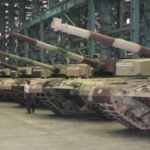
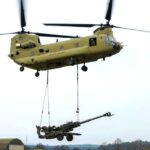




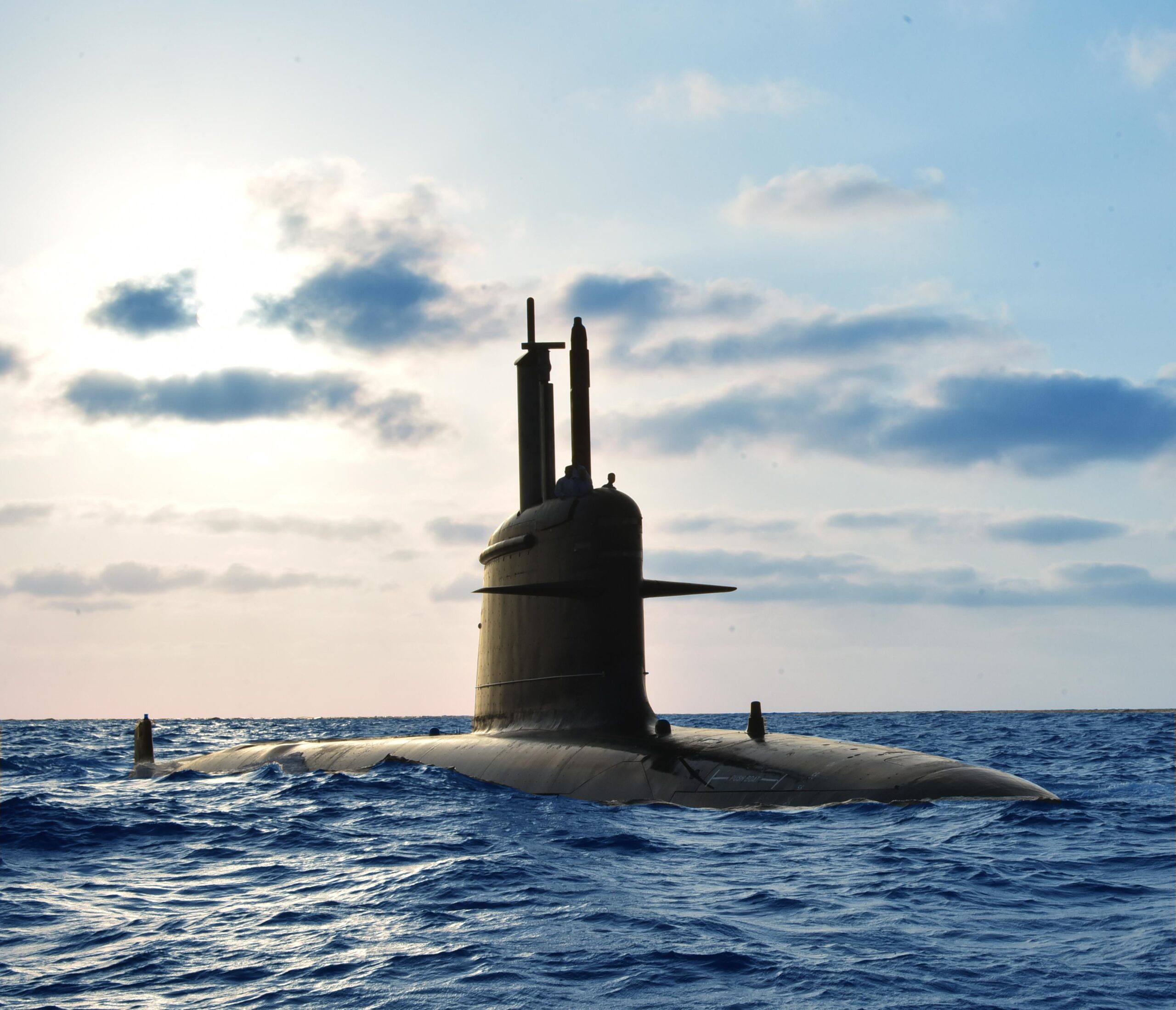


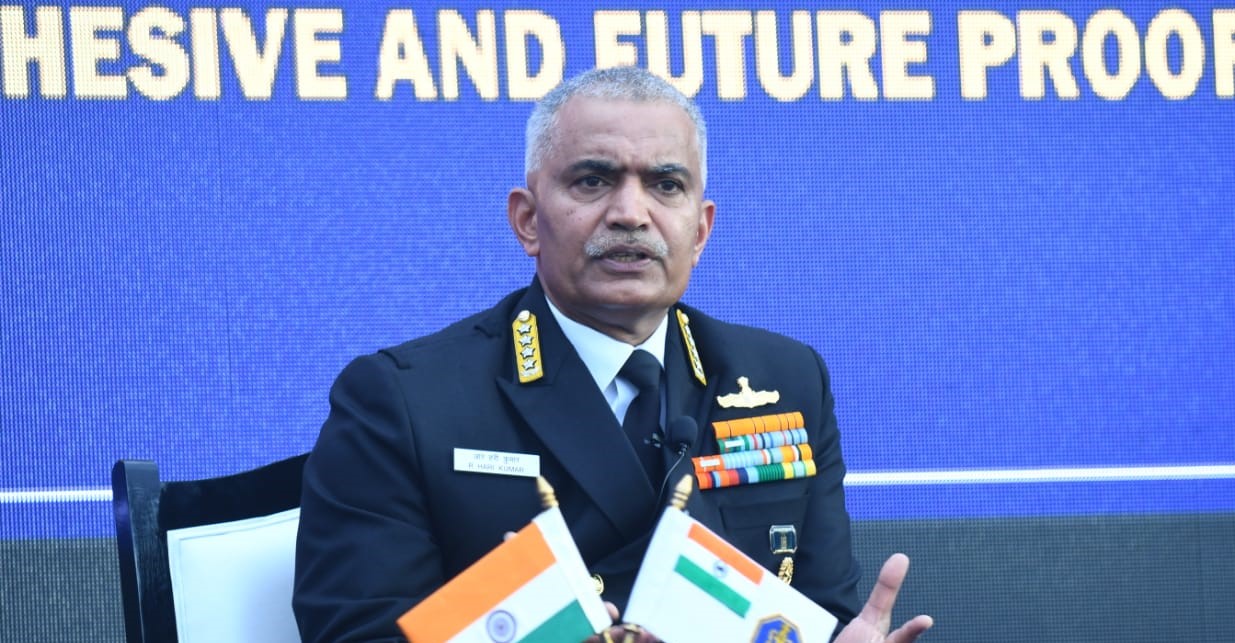
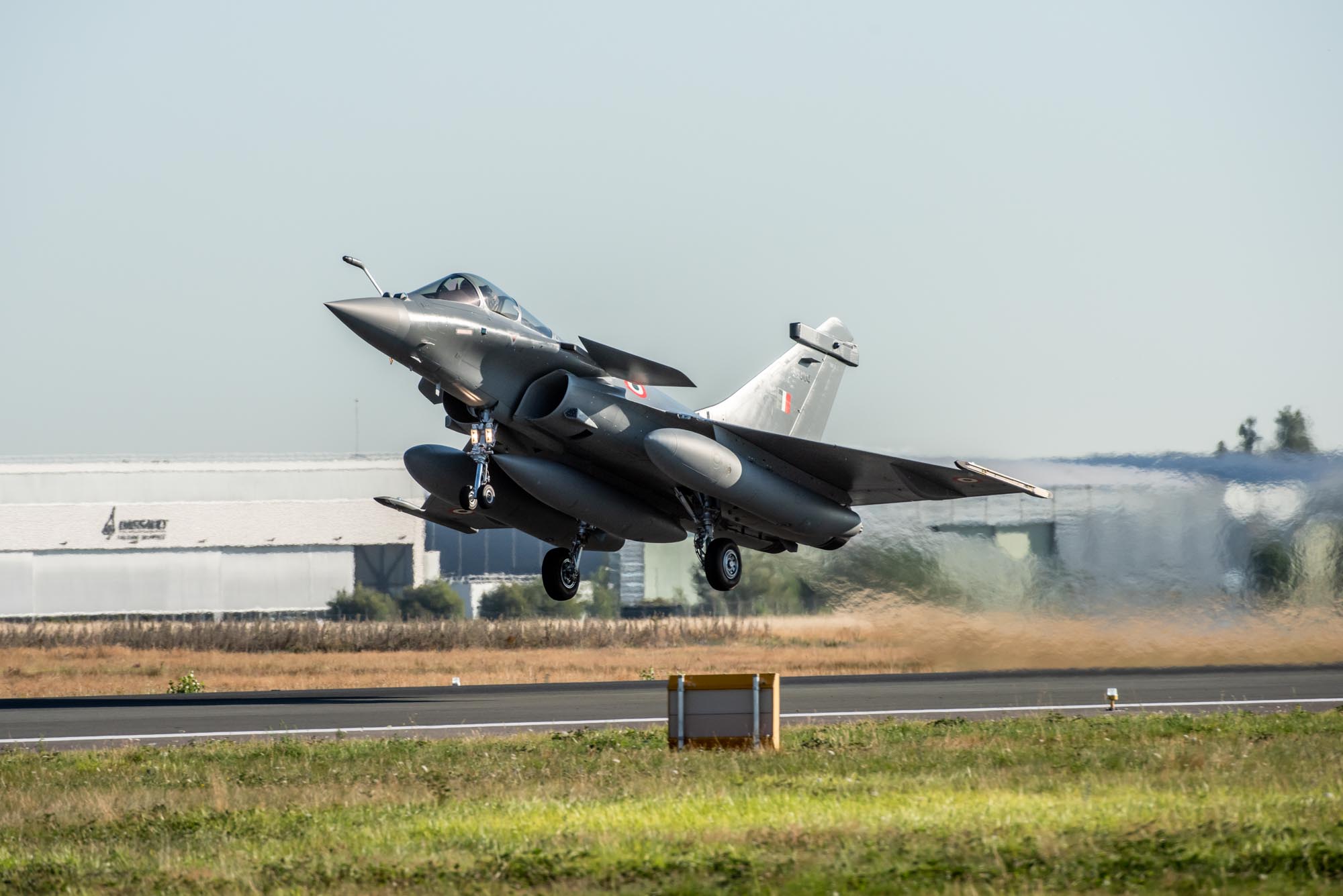
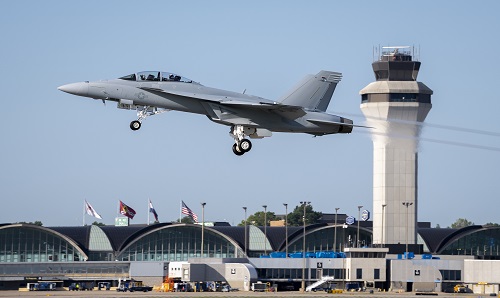
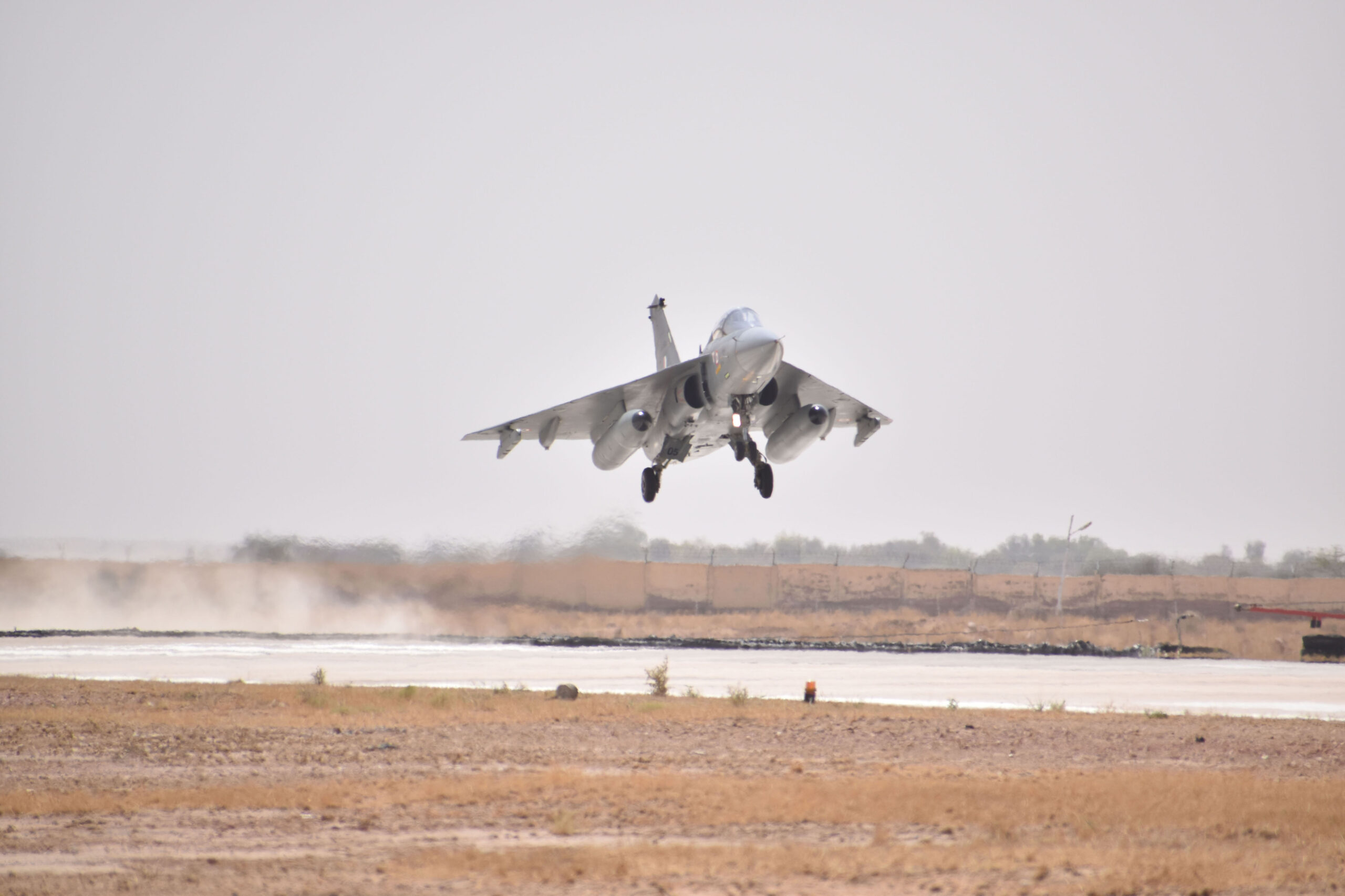
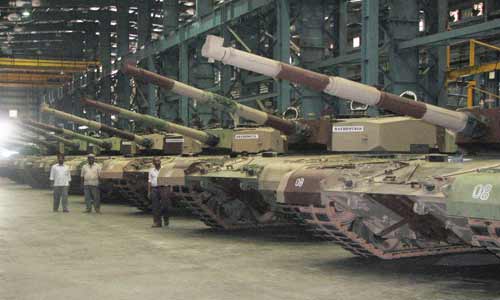
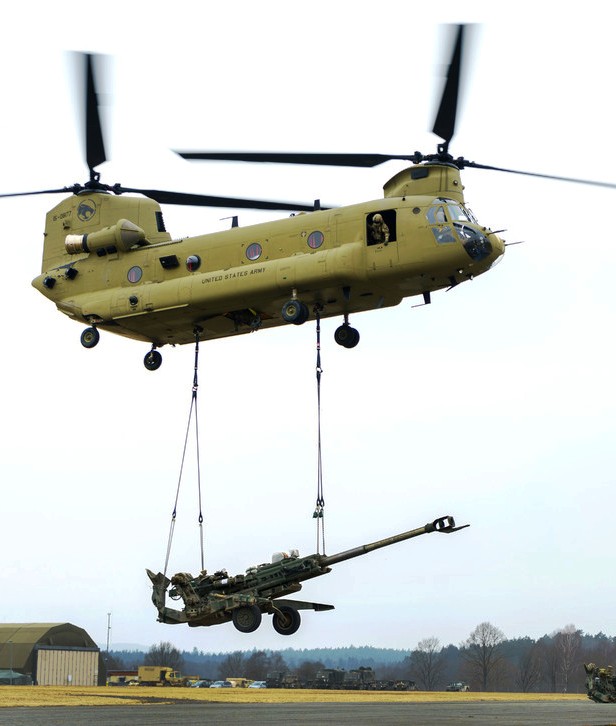



Recent Comments